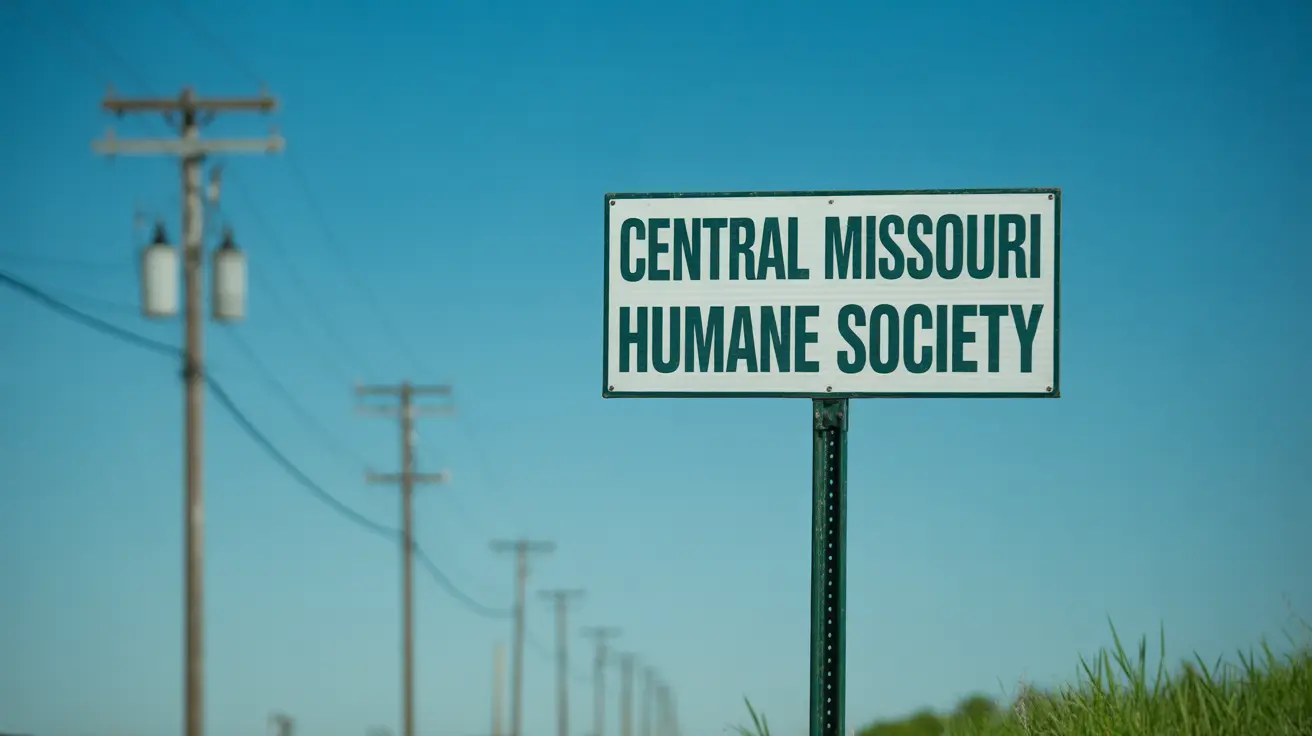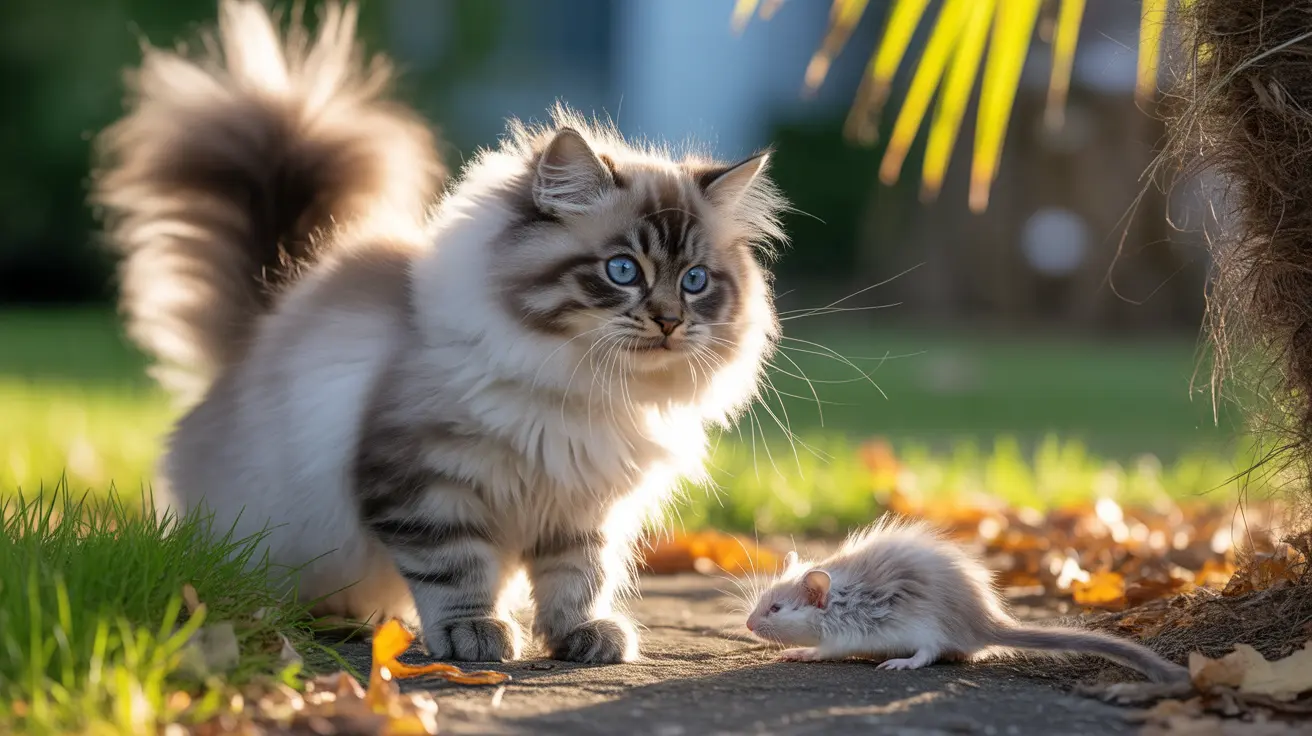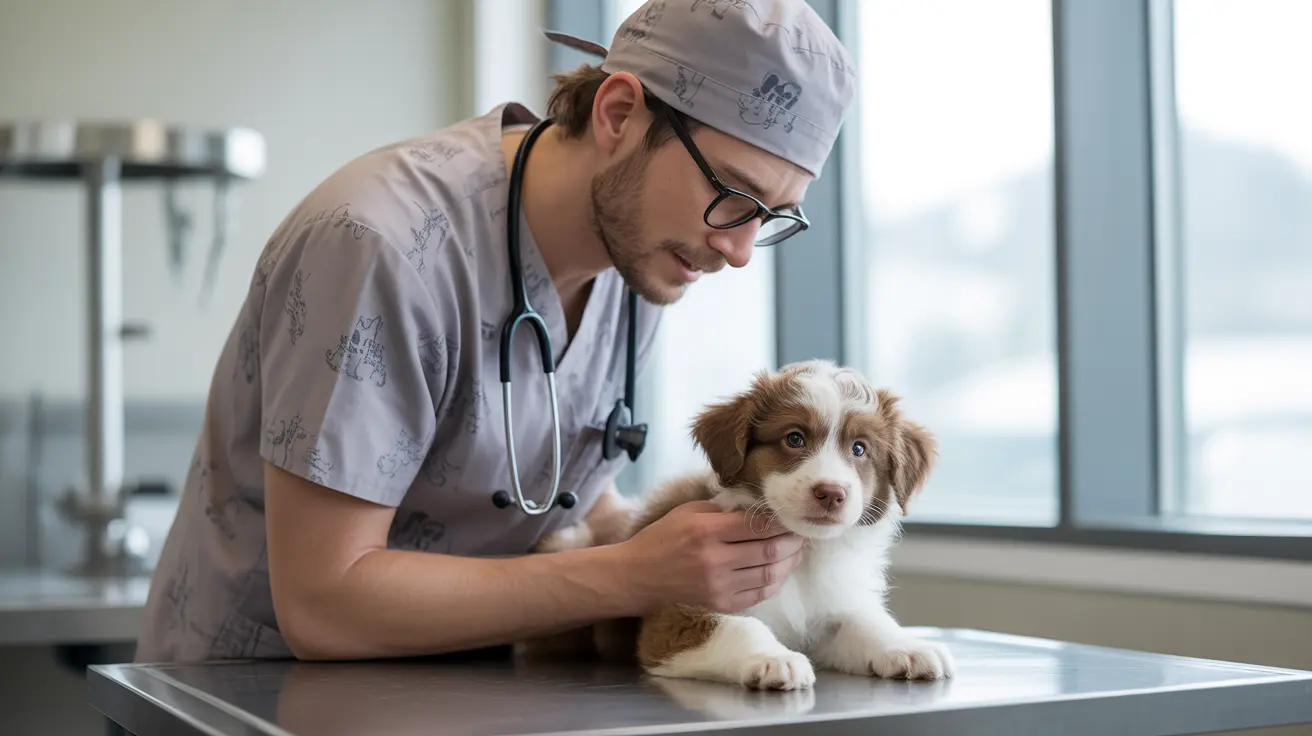When cat owners notice a red, swollen mass in the corner of their pet's eye, it can be alarming. This condition, known as cherry eye in cats, occurs when the tear gland in the third eyelid becomes prolapsed or displaced. While relatively rare in felines compared to dogs, cherry eye requires prompt veterinary attention to prevent complications and ensure proper treatment.
Understanding this condition is crucial for cat owners, as early detection and treatment can prevent long-term eye health issues. Let's explore everything you need to know about cherry eye in cats, from symptoms to treatment options.
What Is Cherry Eye and Why Does It Occur?
Cherry eye occurs when the tear gland within the third eyelid (nictitating membrane) prolapses, causing it to become visible as a pink or red mass in the inner corner of the eye. This condition typically results from weakened connective tissues that normally hold the gland in place.
While the exact cause isn't always clear, genetic factors may play a role in some cases. Young cats are more commonly affected, though the condition can develop at any age.
Recognizing the Signs of Cherry Eye
The most obvious symptom is a visible pink or red mass protruding from the corner of the eye. Other signs include:
- Excessive tearing or watery eyes
- Pawing at the affected eye
- Squinting or apparent discomfort
- Redness and swelling around the eye
- Thick or mucous-like discharge
Diagnosis and Veterinary Assessment
Veterinarians typically diagnose cherry eye through a thorough physical examination of the eye. They may perform several tests to ensure proper diagnosis and rule out other conditions:
- Comprehensive eye examination
- Tear production tests
- Pressure measurements within the eye
- Evaluation of the cornea and surrounding tissues
Treatment Options and Surgery
Surgery is the most effective treatment for cherry eye in cats. The main surgical approaches include:
Surgical Techniques
- Pocket technique (most common)
- Gland repositioning
- Imbrication or tacking methods
The surgical approach aims to preserve the tear gland while returning it to its proper position. This is crucial because the gland produces up to 50% of the eye's natural tears.
Post-Surgery Care and Recovery
After surgery, proper care is essential for successful recovery:
- Administering prescribed eye medications
- Using an E-collar to prevent scratching
- Keeping the eye area clean
- Following up with your veterinarian as scheduled
- Monitoring for any signs of recurrence
Prevention and Long-term Management
While cherry eye itself isn't preventable, complications can be minimized through:
- Regular eye examinations
- Quick response to any eye abnormalities
- Maintaining good eye hygiene
- Following all post-treatment care instructions
Frequently Asked Questions
What is cherry eye in cats, and how does it affect their vision?
Cherry eye is a condition where the tear gland in the third eyelid prolapses, appearing as a red mass in the corner of the eye. While it doesn't directly affect vision, if left untreated, it can lead to dry eye and potential vision problems.
How do I identify and diagnose cherry eye in my cat at home?
Look for a visible pink or red mass in the corner of the eye, excessive tearing, pawing at the eye, or signs of discomfort. However, proper diagnosis requires veterinary examination.
What are the most common causes of cherry eye in cats, and is it preventable?
Cherry eye typically occurs due to weak connective tissues supporting the tear gland. While not preventable, early detection and treatment can prevent complications.
What are the typical treatments for cherry eye in cats, and do they involve surgery?
Surgery is the primary treatment, usually involving the pocket technique to reposition and secure the prolapsed gland. Medical management with eye drops may be used temporarily before surgery.
How can I care for my cat after cherry eye surgery to prevent complications?
Post-surgical care includes using prescribed medications, keeping an E-collar on your cat, preventing scratching, maintaining clean eyes, and attending follow-up appointments as scheduled.
Remember, while cherry eye in cats may look concerning, it's typically treatable with proper veterinary care. Early intervention offers the best chance for a successful outcome and helps prevent potential complications that could affect your cat's eye health long-term.






